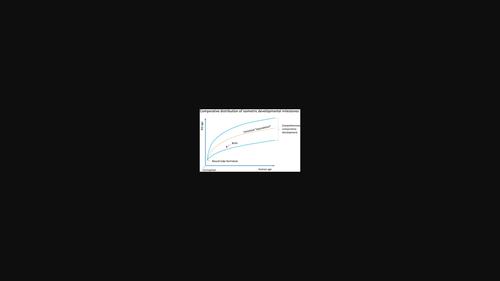大鼠向宫外生活的过渡和围产期窒息的建模。
IF 4.9
3区 医学
Q2 MEDICINE, RESEARCH & EXPERIMENTAL
引用次数: 1
摘要
用于研究出生相关病理的小鼠模型的生成已被证明是一个复杂且有争议的问题。两个物种发育事件相对时间的差异导致一些研究人员认为,大鼠出生时的发育程度相对低于人类。对这个问题提出的解决方案是推迟围产期窒息(PA)的实验,通常推迟7-10 天,使发育水平与出生时的人类“持平”。这个解决方案产生了一组新的问题。两个物种的发育里程碑遵循不同的时间模式。增加大鼠的年龄不仅可以改善与人类的相似性,而且会使模型错过与出生相关的一系列关键里程碑。在这个过程中,有特定的机制可以保护胎儿免受神经元损伤,尤其是窒息引起的神经元损伤。这些因素在窒息延迟的模型中并不存在。在这些模型中,暴露于PA的人类将出现更多的假阳性和更多的损伤。本文分类为:癌症>干细胞和发育先天性疾病>环境因素神经疾病>环境因子。本文章由计算机程序翻译,如有差异,请以英文原文为准。

Transition to extrauterine life and the modeling of perinatal asphyxia in rats.
Generation of murine models for the study of birth-related pathologies has proven to be a complex and controversial problem. Differences in the relative timing of developmental events of both species have led some researchers to suggest that the rat is born comparatively less developed than the human. The solution proposed to this problem would consist in the delay of the experiments of perinatal asphyxia (PA), usually up to 7-10 days, allowing developmental levels to "equalize" with the human at birth. This solution generates a new set of problems. The developmental milestones in both species follow a divergent temporal pattern. Increasing the age of the rat not only can improve resemblance with humans but also will make the model miss a crucial set of milestones related to birth. During this process, there are specific mechanisms to protect the fetus from neuronal damage, especially those caused by asphyxia. These factors are not present in models where the asphyxia is delayed. In these models, there will be more false positives and more damage that would not be present in humans exposed to PA. This article is categorized under: Cancer > Stem Cells and Development Congenital Diseases > Environmental Factors Neurological Diseases > Environmental Factors.
求助全文
通过发布文献求助,成功后即可免费获取论文全文。
去求助
来源期刊

WIREs Mechanisms of Disease
MEDICINE, RESEARCH & EXPERIMENTAL-
CiteScore
11.40
自引率
0.00%
发文量
45
 求助内容:
求助内容: 应助结果提醒方式:
应助结果提醒方式:


